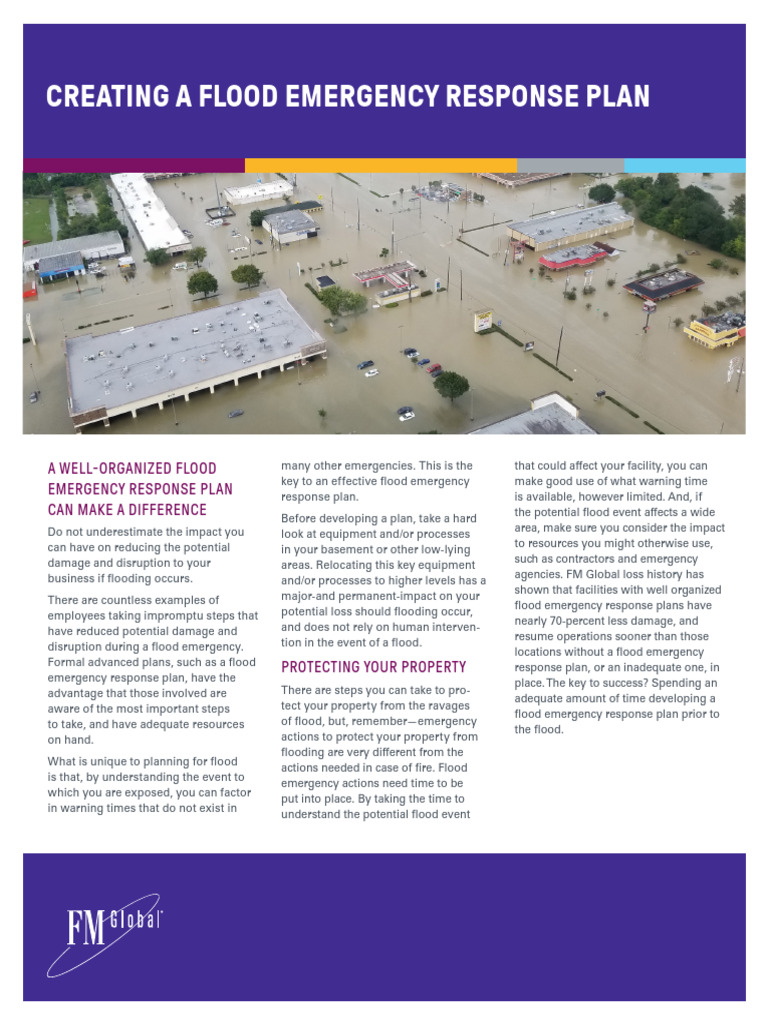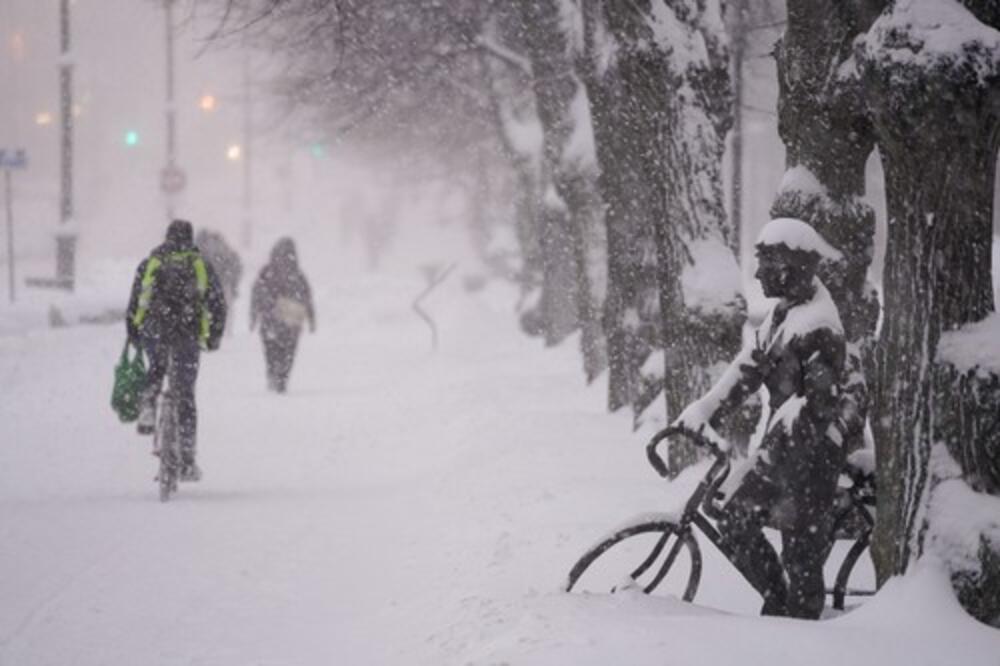Flash Flood Emergency Response Plan: A Step-by-Step Guide

Table of Contents
Pre-Flood Preparation: Building Your Flash Flood Emergency Response Plan
Proactive planning is the cornerstone of effective flash flood emergency response. A well-defined plan significantly increases your chances of survival and minimizes the impact of a flash flood.
Identify Flash Flood Risks
Understanding your risk level is the first step in creating a personalized flash flood emergency response plan.
- Determine your risk level: Are you located near rivers, creeks, canyons, or in a low-lying area? These are all high-risk zones for flash floods. Properties in designated flood zones or flood plains face significantly higher risks. Conduct a thorough flash flood risk assessment of your location.
- Research historical data: Check with your local government or weather service for historical flash flood data in your area. This information can help you understand the frequency and severity of past events.
- Sign up for alerts: Register for emergency alerts and notifications from your local government, the National Weather Service (NWS), or other relevant agencies. These alerts provide crucial early warnings of impending flash floods. This is a vital component of a comprehensive flash flood risk assessment.
Create a Family Communication Plan
Effective communication is vital during a crisis. A well-defined plan ensures that your family can connect, even during widespread disruptions.
- Designate an out-of-area contact: Choose a person outside your immediate area who can act as a central point of contact for family members.
- Establish a meeting place: Designate a safe, easily accessible meeting place in case family members become separated during a flash flood.
- Learn emergency contacts: Know the phone numbers for local emergency services, such as 911 or your local police and fire departments. This is essential for your emergency communication plan.
- Practice your plan: Regularly review and practice your family reunification plan to ensure everyone understands their roles and responsibilities.
Assemble an Emergency Kit
A well-stocked emergency kit is essential for surviving a flash flood. Ensure your kit contains the following:
- Water and food: Store at least one gallon of water per person per day for several days, along with non-perishable food items.
- First-aid kit: Include essential medications, bandages, antiseptic wipes, and any other necessary medical supplies.
- Tools and supplies: Flashlights, batteries, a battery-powered radio, a whistle, and duct tape are crucial.
- Important documents: Keep copies of important documents like insurance policies, identification, and medical records in waterproof containers.
- Pet supplies: Remember to include food, water, and essential supplies for your pets in your disaster preparedness kit. Don't forget their medications! This is a crucial part of your flood survival kit.
During a Flash Flood: Immediate Actions
When a flash flood warning is issued, immediate action is critical. Your safety is paramount.
Evacuate Immediately
If you receive an evacuation order from local authorities, evacuate immediately.
- Follow instructions: Obey all instructions from emergency personnel. Evacuation is often the safest course of action during a flash flood.
- Move to higher ground: Head to higher ground, away from flood-prone areas, rivers, and streams.
- Avoid flooded roads: Never attempt to drive through flooded roads—the water may be deeper than it appears, and the road could be damaged. Remember the mantra: "Turn around, don't drown." Your flash flood evacuation plan should include alternative routes.
- **Know your emergency evacuation routes: Plan escape routes in advance, noting potential obstacles and safe havens.
Seek Shelter
If evacuation isn't possible, take immediate shelter.
- Go to the highest level: Move to the highest level of your home and stay there until the floodwaters recede.
- Avoid windows and doors: Stay away from windows and doors to protect yourself from potential damage.
- Vehicle escape: If trapped in a vehicle, get out immediately and move to higher ground. Find a flood shelter or safe place away from the floodwaters.
Stay Informed
Staying informed about the evolving situation is critical.
- Monitor weather reports: Keep an eye on weather reports and emergency alerts from reliable sources, and heed warnings immediately.
- Be aware of hazards: Be aware of changing conditions, such as rising water levels and potential hazards. Your flood safety depends on your awareness.
Post-Flood Recovery: Actions After the Flash Flood
After the flash flood subsides, the recovery process begins.
Assess Damage
Once it’s safe, carefully assess the damage to your property.
- Check for structural damage: Inspect your home for structural damage, cracks, or other issues that may compromise its safety.
- Report damage to insurance: Report any damage to your insurance company as soon as possible to begin the flood insurance claims process.
- Avoid contaminated water: Avoid contact with floodwater, which can be severely contaminated and pose health risks. Your post-flood cleanup should prioritize safety.
Seek Assistance
Don't hesitate to seek assistance if you need it.
- Contact authorities: Contact local authorities for assistance with cleanup and recovery efforts.
- Utilize resources: Take advantage of resources offered by the Red Cross or other disaster relief organizations. They can provide vital support for flood relief.
- Access government aid: Explore options for government aid and assistance programs designed to help with disaster recovery assistance.
Rebuild Safely
When rebuilding, prioritize safety and prevention.
- Ensure home safety: Make sure your home is structurally sound and safe before re-entering. Consult professionals about repairs.
- Implement mitigation measures: Consider implementing flood mitigation measures, such as flood barriers or elevating your home, to prevent future damage. Explore flood mitigation strategies to protect your property. This could involve flood-resistant construction techniques or other forms of home flood protection.
Conclusion
Developing a comprehensive flash flood emergency response plan is essential for protecting yourself and your loved ones. By following the steps outlined in this guide—from pre-flood preparation to post-flood recovery—you can significantly reduce your risk and improve your chances of surviving and recovering from a flash flood. Don’t wait until it’s too late; create your flash flood emergency response plan today and share it with your family and neighbors. Remember, preparedness is key to survival during a flash flood. Start building your plan now using the resources available to you and stay safe!

Featured Posts
-
 From The Track To The Streets F1 Drivers Top Style Trends
May 26, 2025
From The Track To The Streets F1 Drivers Top Style Trends
May 26, 2025 -
 Car Dealerships Push Back Against Mandatory Ev Sales
May 26, 2025
Car Dealerships Push Back Against Mandatory Ev Sales
May 26, 2025 -
 Europe And Trump Deconstructing The Trade Conflicts
May 26, 2025
Europe And Trump Deconstructing The Trade Conflicts
May 26, 2025 -
 Le Combat Contre Le Piratage Iptv Rtbf Et Rtl Belgium En Premiere Ligne
May 26, 2025
Le Combat Contre Le Piratage Iptv Rtbf Et Rtl Belgium En Premiere Ligne
May 26, 2025 -
 Ovaj Grad Najvise Penzionera Milionera Na Svetu
May 26, 2025
Ovaj Grad Najvise Penzionera Milionera Na Svetu
May 26, 2025
